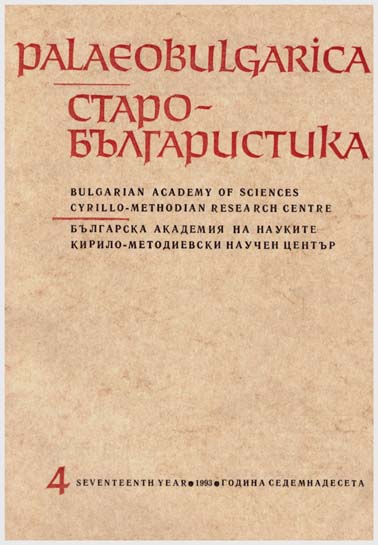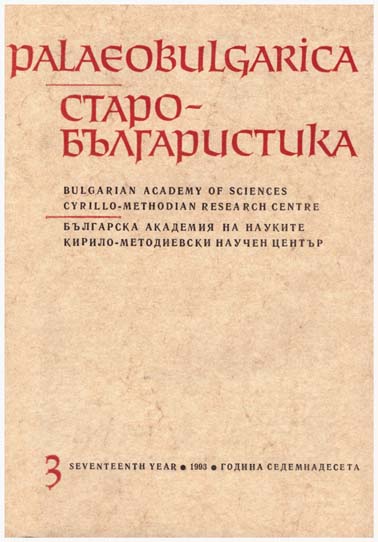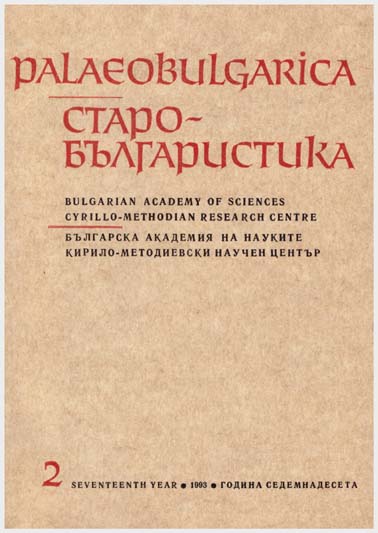
An Unknown Work of St. Romil of Vidin (Ravanica)
The article contains an analysis of a work (its contents and language) in Hilandar Slavic manuscript № 640, where in the heading for the text the author is indicated to be the "venerable elder Romil". The conclusion is that the author is the monk-hermit and hysechast known to medieval Slavicists and Byzantologists as St. Romil of Vidin (St. Romil of Ravanica).
More...

